Tipping hunting guides is a customary way to express gratitude for their expertise, effort, and dedication. The amount typically ranges from 10% to 20% of the total hunt cost, reflecting satisfaction and service quality. This practice recognizes the guide’s hard work and enhances the overall hunting experience.
Why Tipping is Important in Hunting Culture
Tipping is a cornerstone of hunting culture, reflecting appreciation for guides’ dedication and expertise. It acknowledges their hard work, from scouting to ensuring a successful hunt. A tip shows gratitude for the guide’s effort, knowledge, and commitment to providing a memorable experience. It also supports the guide’s livelihood, as tips often supplement their income. Tipping fosters a positive relationship and encourages high standards of service. By recognizing their role in your hunting success, you contribute to the culture of respect and reciprocity that defines the sport. Cash tips are preferred and often split among guides and support staff.
Overview of Factors Influencing Tip Amounts
The amount you tip a hunting guide depends on several key factors. The length and type of hunt play a significant role, as longer or more physically demanding hunts often warrant higher tips. The guide’s experience and expertise also influence the amount, with more skilled guides deserving greater compensation. Additionally, the success of the hunt and your overall satisfaction are crucial; exceptional service or memorable experiences justify a more generous tip. Other considerations include the region and cultural norms, as tipping customs vary by location. These factors collectively shape the tipping decision, ensuring it reflects the value received.
General Tipping Guidelines for Hunting Guides
The standard tipping range for hunting guides is typically between 10% to 20% of the total hunt cost. This percentage reflects the quality of service and overall satisfaction.
Standard Tipping Range: 10% to 20% of Total Hunt Cost
Tipping hunting guides typically ranges from 10% to 20% of the total hunt cost, serving as a baseline for expressing gratitude. This percentage reflects the quality of service, guide expertise, and overall satisfaction. For example, a $5,000 hunt might warrant a $500 to $1,000 tip. This range is widely accepted as fair compensation for a guide’s effort, knowledge, and dedication. It also accounts for factors like hunt success and the guide’s ability to enhance the experience. While 10% is considered average, exceptional service often merits the higher end of this range.
Examples Based on Hunt Price and Duration
For a hunt priced at $5,500, a tip of $550 to $1,100 (10% to 20%) is appropriate. For a 5-day hunt costing $2,000, tipping $50 to $100 per day ($250 to $500 total) is standard. If the hunt lasts 7 days at $3,000, a $300 to $600 tip is typical. These examples illustrate how the total cost and duration influence the tip amount, providing a clear guideline for hunters to budget accordingly. Such benchmarks ensure fair compensation for guides based on the scope and cost of the hunting experience.

Factors Influencing Tip Amounts
Tipping amounts are influenced by the hunt’s length, type, guide expertise, and overall satisfaction. Success of the hunt, regional norms, and specific services provided also impact the tip amount.
Length and Type of Hunt

The length and type of hunt significantly influence tip amounts. Longer hunts requiring more effort and resources typically result in higher tips. For example, a 5-day hunt might warrant a minimum tip of $250, increasing with exceptional service. The type of hunt, such as backcountry or private land, also affects tipping, as backcountry guides often work harder. Daily rates, success, and overall experience further shape the tip amount, ensuring fair compensation for the guide’s efforts and expertise.
Guide’s Experience and Expertise
A guide’s experience and expertise play a crucial role in determining tip amounts. Seasoned guides with extensive knowledge of terrain, animal behavior, and hunting strategies often deserve higher tips due to the enhanced success and learning opportunities they provide. Their ability to adapt tactics and ensure a safe, productive hunt reflects their skill level. Tips should acknowledge their professionalism and the value they add to the hunting experience, as their expertise directly impacts the overall satisfaction and outcomes of the hunt.
Success of the Hunt and Satisfaction
The success of the hunt and your overall satisfaction significantly influence the tip amount. A successful harvest or memorable experience often warrants a higher tip, as it reflects the guide’s effectiveness. If the guide worked diligently to position you for success, even if external factors like weather or animal behavior limited results, a generous tip is appropriate. Satisfaction with the guide’s communication, effort, and professionalism should also be considered. Tips should align with the perceived value of the experience and the guide’s contribution to achieving your hunting goals.

Tipping Etiquette for Different Roles
Tipping etiquette varies by role: the main guide typically receives 10-20% of the hunt cost, while support staff, like trackers and cooks, are usually tipped 10-15% collectively.
Tipping the Main Guide
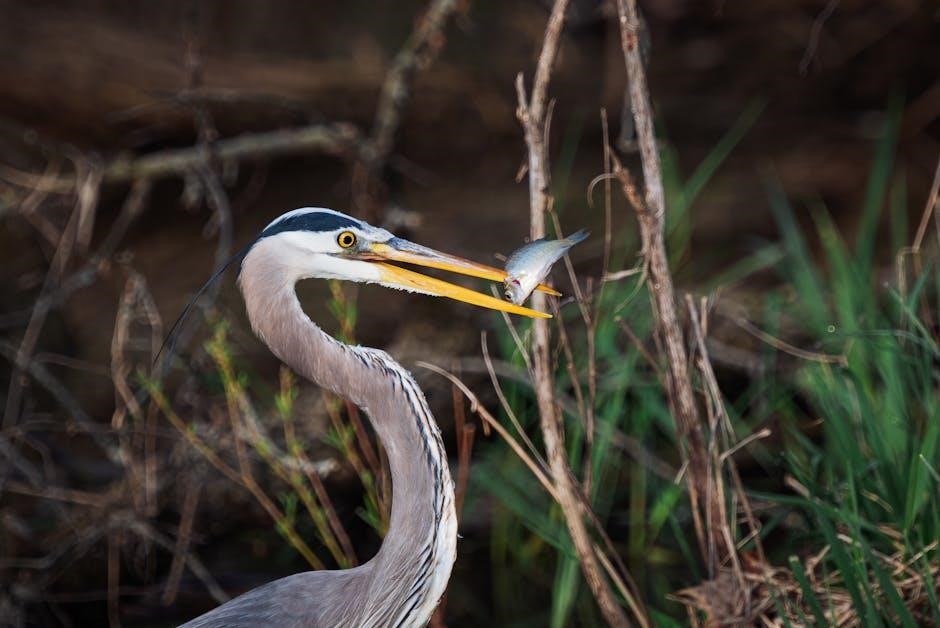
Tipping the main guide is a key aspect of hunting etiquette, reflecting their expertise and effort. Typically, the main guide receives 10% to 20% of the total hunt cost, with higher amounts for exceptional service. For example, on a $5,500 hunt, a $550 to $1,100 tip is standard. This amount acknowledges their leadership, knowledge, and dedication to ensuring a successful and enjoyable experience. Cash is the preferred method, allowing the guide to directly benefit from your appreciation. The tip should be based on the guide’s performance and the overall quality of the hunt.
Tipping Support Staff (Trackers, Cooks, Wranglers)
Tipping support staff, such as trackers, cooks, and wranglers, is essential for acknowledging their contributions to the hunt’s success. Typically, these individuals receive smaller amounts than the main guide, but their roles are equally vital. Trackers may receive 20-30% of the daily rate for plains game and up to 40% for dangerous game. Cooks and wranglers usually get 10-15% of the total hunt cost. These tips are often split among the team, ensuring everyone is fairly compensated for their efforts. The total tip for support staff generally ranges from 20-30% of the hunt cost, depending on the size and complexity of the operation.
Special Considerations
Cash is the preferred method for tipping, as it directly benefits the guide and support staff. Group tipping is common in larger parties, with tips pooled and split fairly. Satisfaction with the hunt and guide performance should guide the amount, ensuring fairness and appreciation for their efforts.
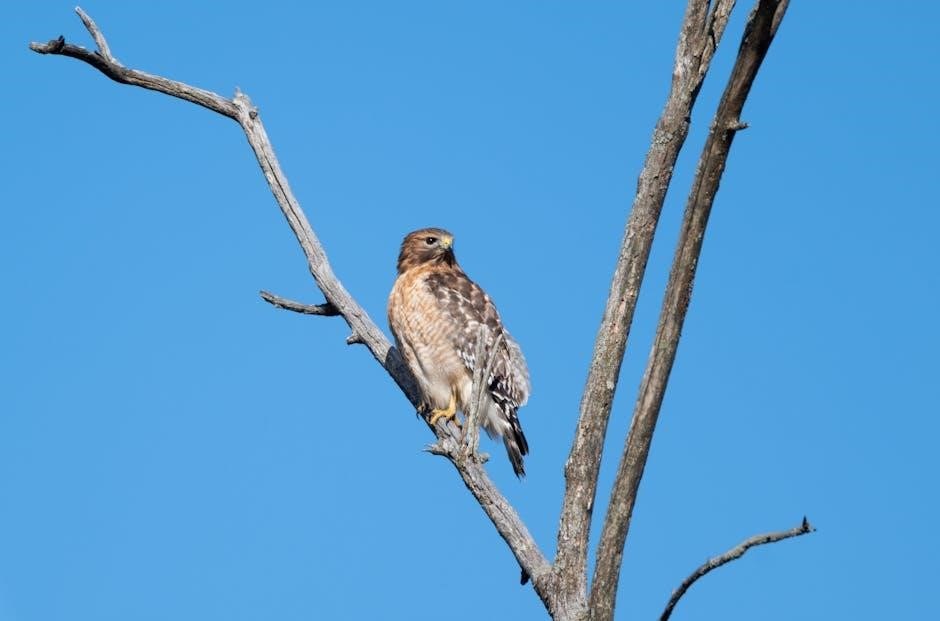
Group Tipping: Larger Groups and Shared Tips
For larger groups, tipping is often pooled and shared among all hunters to simplify the process. Guides may split tips with support staff, such as trackers or cooks. In group settings, it’s customary to discuss and agree on a collective tip amount beforehand. For example, if a group hunt costs $5,000, a 10% to 20% tip ($500 to $1,000) might be pooled and divided fairly among participants. This ensures everyone contributes equally and recognizes the guide’s efforts. Group tipping promotes fairness and avoids confusion, making it a practical approach for shared hunting experiences.
Tipping in Cash: The Preferred Method
Tipping hunting guides in cash is the preferred method, as it ensures the guide can immediately use the funds. Cash tips are straightforward and avoid delays, making them highly appreciated. Guides often rely on tips as a significant part of their income, as their base fees may not cover all operational costs. Offering cash tips allows for a direct and hassle-free way to show gratitude. This method is widely accepted and ensures that the guide can allocate the funds as needed, whether for personal use or to support their hunting operations. Cash remains the most practical and preferred choice for tipping hunting guides.
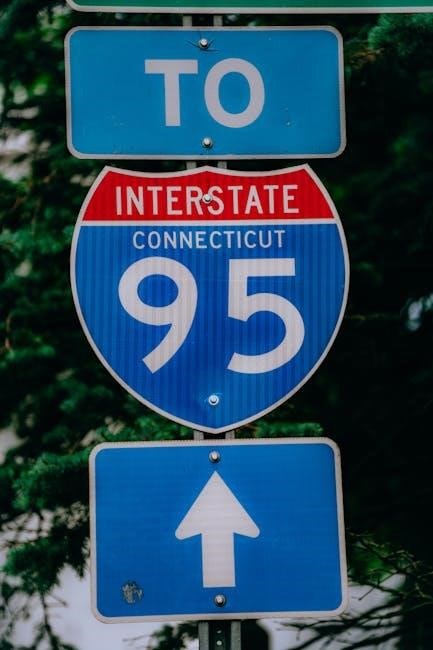
Factors That Shouldn’t Affect Tip Amounts
Uncontrollable factors like weather conditions or animal behavior shouldn’t influence tip amounts, as guides still provide their expertise and effort regardless of external circumstances.
Uncontrollable Factors (Weather, Animal Behavior)
Uncontrollable factors such as weather conditions or animal behavior should not influence tip amounts. Guides often work diligently to ensure a successful hunt, regardless of external challenges. Inclement weather or uncooperative wildlife are part of the natural environment and do not reflect the guide’s effort or expertise. A guide’s hard work in scouting, preparation, and adapting to conditions deserves fair compensation. Tips should be based on the guide’s performance and dedication, not on factors beyond their control. Recognizing their effort fosters a positive hunting culture and maintains trust in the guide-client relationship.
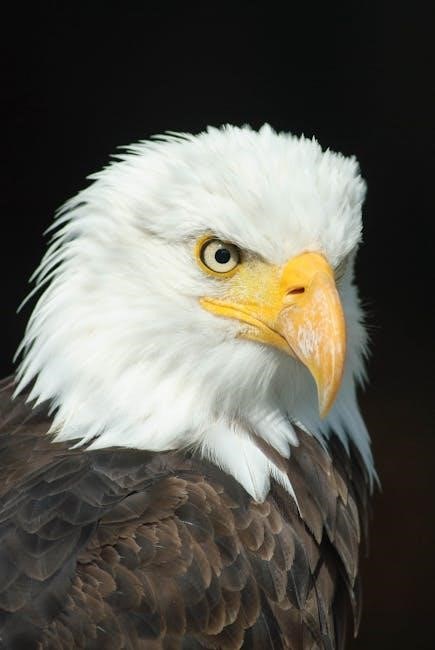
Regional Tipping Variations
Tipping norms vary globally, with differences in cultural expectations and hunt types. In Africa, tips for trackers and guides are higher, while European countries may see lower rates. Local customs should guide your tipping decisions to ensure appropriateness and respect for regional practices.
Country-Specific Tipping Norms
Tipping practices vary significantly across countries and cultures. In African safaris, tips for guides, trackers, and staff are typically higher, reflecting the structured hierarchy of roles. European countries often see lower tip percentages due to differing cultural norms. For example, in South Africa, a tracker might receive $20–$30 per day, while in the U.S., tips range from 10% to 20% of the hunt cost. These variations emphasize the importance of researching local customs before your hunt to ensure respectful and appropriate tipping.
Examples from Experienced Guides
Experienced guides often share real-world tipping scenarios. For instance, a 5-day hunt costing $2,500 might receive a $250 tip, while exceptional service could warrant $500 or more.
Real-World Scenarios and Tip Amounts
Experienced guides often share examples to illustrate appropriate tipping. For instance, a 5-day hunt priced at $2,500 might receive a $250 tip, while a $5,500 hunt could see $550 to $1,100. These amounts reflect the hunt’s cost, duration, and satisfaction. Guides emphasize that tips should align with the service quality and effort provided, ensuring fair compensation for their expertise and dedication to a successful hunting experience.
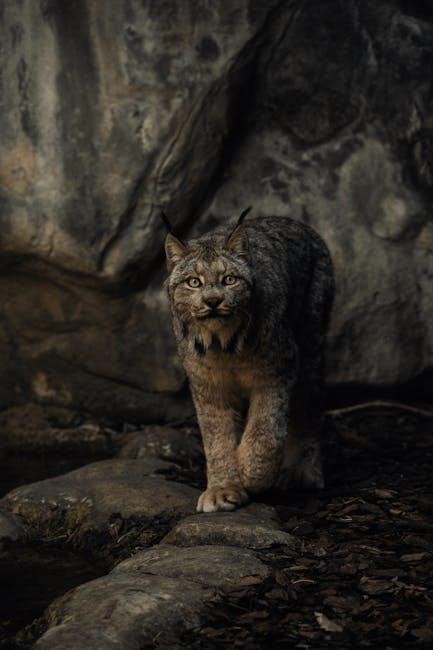
Common Mistakes to Avoid
Common mistakes include under-tipping and overlooking support staff. Ensure tips reflect the guide’s effort and satisfaction, avoiding reductions based on uncontrollable factors like weather or animal behavior.
Under-Tipping and Overlooking Support Staff
Under-tipping is a common mistake, as many hunters underestimate the importance of tips in a guide’s income. Guides often rely on tips to supplement their earnings, and under-tipping can undervalue their effort. Additionally, overlooking support staff, such as trackers, cooks, and wranglers, is another error. These individuals play crucial roles in the hunt’s success and should receive a portion of the tip. A common approach is to allocate 50% of the tip to the main guide and distribute the remainder among support staff. Always consider the total team effort when deciding tip amounts.
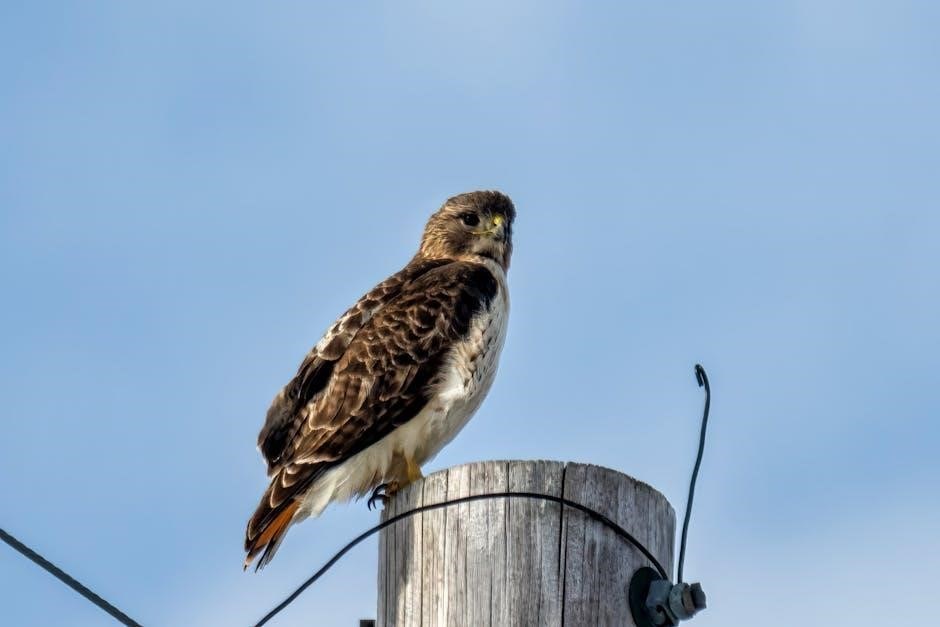
Tipping hunting guides is a meaningful way to show gratitude for their hard work and expertise. Aim for 10-20% of the hunt cost as a fair compensation and consider the total experience when deciding the amount.
Final Tips for a Positive Hunting Experience
Tipping your hunting guide is a key part of maintaining a positive experience for both you and the staff. Always aim to tip within the 10% to 20% range of the total hunt cost, reflecting the guide’s effort and your satisfaction. Consider the guide’s expertise, the hunt’s success, and your overall enjoyment when deciding the amount. Don’t forget to tip support staff, as they play a crucial role in your experience. Cash is the preferred method, ensuring everyone receives their fair share. Remember, tipping is a gesture of gratitude and helps maintain a positive hunting culture. Communicate openly with your guide to ensure clarity and mutual respect.
